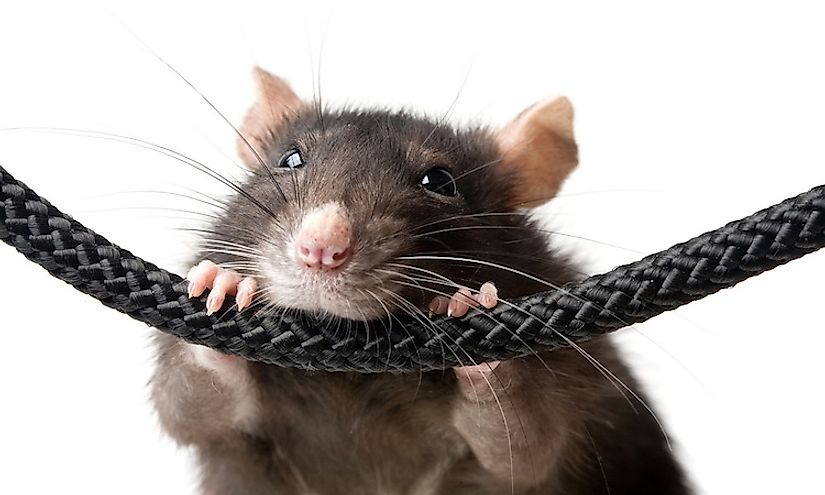The Canadian Province Without Any Rats

Rats are often treated as pests due to their tendency to destroy and contaminate food through their tunneling activities. They can also undermine the foundation of buildings, damage sewers and water lines, city lights, and optic cables. Rats can deface a building within no time by gnawing holes through floors, insulation, and supporting structures. The rats may also carry fleas that spread plague and infections as well as organisms that are responsible for food poisoning and other diseases. Rats are present almost everywhere around the world. However, the province of Alberta, in western Canada, is an interesting case where government initiatives have maintained the province as completely rat-free.
History Of Rats In Alberta
Rats arrived in North America in the late 18th century on board the sailing ships that were common on the East Coast Seaport, especially around the 1770s. Once at the seaport, the rats marched westward across the continent extending to Saskatchewan in 1919 and crossing the border into Alberta during World War II. The rats were first reported on the eastern border of Alberta in 1950. They were discovered on a farm near Alaska during the summer by field crew from the Department of Health who were engaged in a study of Sylvatic plague. The rats had caused economic destructions in the farm, and their effects were being felt around the eastern border. However, the economic damage was not the main concern for the provincial authorities, who feared that the rats would spread the plague throughout the province of Alberta. Fueled by this fear, Alberta authorities declared war on them.
Rat Control Measures
The government transfered the responsibility from the Department of Health to the Department of Agriculture and Food because the rat-infested area was predominantly rural with the Department of Agriculture having access to it to control and halt the spread of rats to other parts of the province. A 380-by-18-mile rat-control zone was established along the vulnerable eastern border to stop the spread of the rodents into other parts of Alberta. From 1950 to 1953 the zone was inspected by dedicated professionals who hammered the rodents with poison as well as fumigating the area with carbon monoxide producing engines. The rat-infested old farm structures were dismantled or burnt down to destroy possible habitats for the rodents.
During this period 8,000 buildings on over 2,500 farms were treated with over 63,000 kg of arsenic trioxide tracking. The use of rodent poison was expensive and could not be sustained for long. The pest control inspectors presently do the rat control. The premises around the control zone annually while rats are eliminated by baits, gas, and traps. Farmers are also encouraged to remove food sources for rats while the municipal authorities dig pits for waste disposal. Rat control in Alberta has become a routine and a source of pride in the Canadian province.
Reasons For The Success Of Rat Elimination In Alberta
The rat control in Alberta has been a success because of the sparse population in the province. The distribution of rats depends on the distribution of people thus making it difficult for them to spread in Alberta. The winter climate in Alberta restricts the movement of rats to structures and buildings making it easy for the control measures to be administered. The rat control program was initiated immediately after the rats entered the province, limiting their spread. The concerns and efforts by the thousands of people in Alberta also contributed significantly to the success of rat control in the province.







